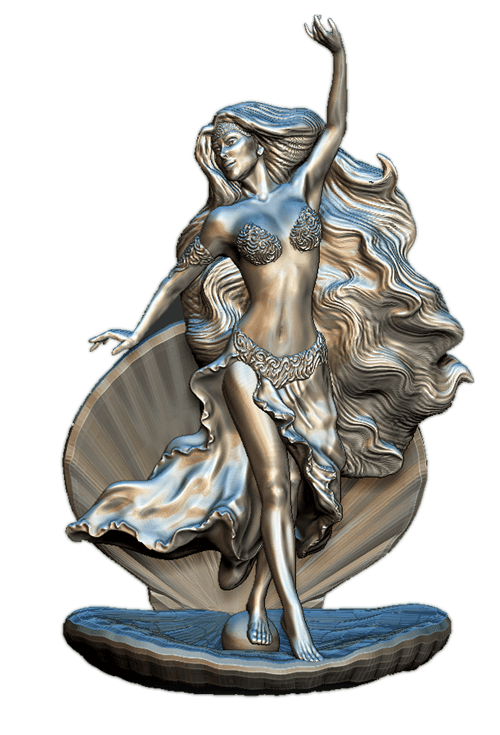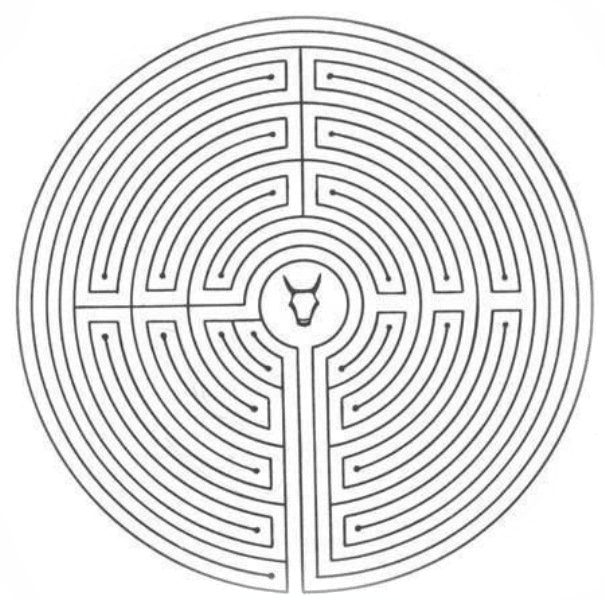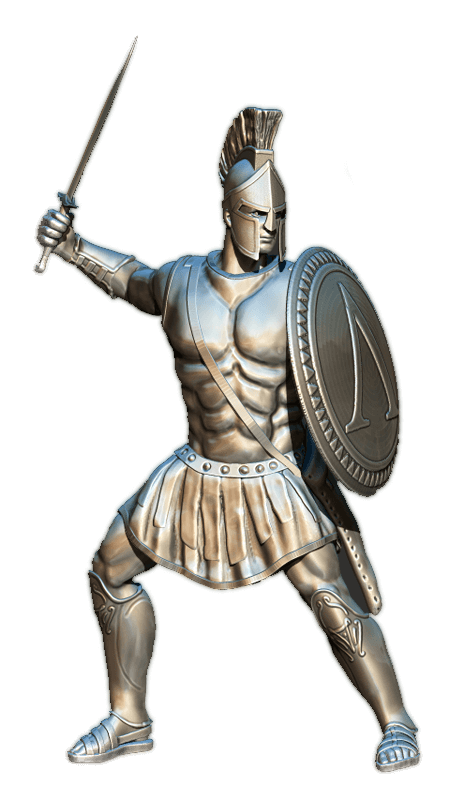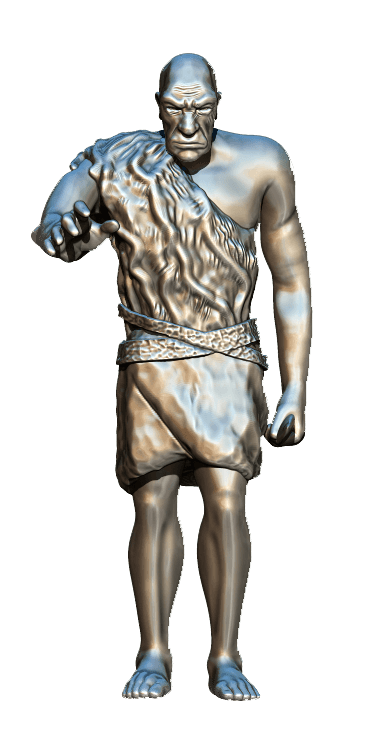History and mythology
Zeus is the father of Gods and king of all Gods in the Greek mythology.
According to an ancient legend, the sanctuary of Zeus was Olympia, where in his honour were held the annual Olympic Games. The statue of Zeus in Olympia was considered like one of the seven wonders of the world. This title she received due to her beauty and incredible height. The statue was made of gold and high-quality ivory, height of statue was reach about 12-17 meters (according to the description of contemporaries).
Unfortunately, several centuries later, the statue have endured many restorations and finally the house of Zeus was closed. These were the days of the reign of Theodosius I Great, who banned the holding of the Olympic Games. The temple, where was a wonderful statue, was devastated, and the statue was robbed. To preserve the integrity of the statue, it was transported to Constantinople, where in the V century AD it was finally destroyed during a fire.

Aphrodite is the Goddess of love and beauty, fertility and eternal spring.
According to one of the version of the origin, Aphrodite was born from the sea foam and came out of the sea on the island of Cyprus (therefore she is called Kiprida). The birthplace of the Goddess is considered like one of the most beautiful on the island and it is called Petra tu Romiu. Often the Cyprus is called the island of Aphrodite or of love.
Love in all ages was an integral part of both lives of people and the Gods. Aphrodite had a great honor and was one of the most powerful Goddesses.
The cult of Aphrodite was adopted by many peoples, ancient Greeks, Romans and many others. She was dedicated to the magnificent temples, one of them was in the city of Paphos on the island of Cyprus.
The largest and beautiful temples of Aphrodite-Venus was in Caesar's forum. After the victory of Christianity, the cult of the Goddess of Love fell into decay. But her name has survived up to this day, due to inspired sculptors, poets and artists.

According to the legend of Greek mythology, the Minotaur (a man with a bull's head) was a child of the Cretan queen Pasiphaeus and the white bull which one sent by Zeus (or Poseidon by other sources) for sacrifice.
King of Crete Minos, the Queen's husband, to hide the shame of his wife, ordered to build a maze where was placed the Minotaur (child's name) . The maze was built on the territory of the palace complex by the architect and sculptor Daedalus, who thought out all kinds of behavioural models.
Medieval scientists called the maze like one of the most difficult and practically impassable, because the chances of getting out of the maze were almost equal to zero.
According to legend, young people were sacrificed regularly in the labyrinth. This situation was continued for the several millennia. While one day, the hero of Theseus managed to defeat the monster and was release young boys and girls.
In the history the Cretan maze has been destroyed and restored several times. In 1380 BC it was finally destroyed.

The founder of Sparta was Lycurgus (VII century BC). In those days Sparta was divided into three layers - the Spartans, the pereeks and helots. The Spartans were full members of the state and lived in Sparta. Pereeks settled in all cities except Sparta. Helots were slaves.
Spartans considered themselves descendants of the hero of Hercules, they were ideal warriors.
Until the II century BC. the Spartans did not build up defensive walls, thereby demonstrated their incredible fearlessness and fighting ability.
In the Sparta was working strict discipline, there wasn't separation into rich and poor, and the primary responsibility of the Spartan was the upbringing of their children.
The child from 7 years old lived in the special detachments, where he studied military art, reading, singing, calligraphy and etc.. The main emphasis in the education of moral qualities was on perseverance, devotion and determination. Those children, who reached the age of 16 were expose to a severe test and only the strongest of them was survive. Spartans fought with honour and they won many victories without the fear of their enemy.
Sunset of Sparta occurred gradually. After the battle with Athens in 260s Sparta was defeated by barbarians.

In the legends and myths of different peoples a considerable place remains for beings of unexplained magnitude - giants. However, written testimonies, archaeological finds and many other facts prove the real existence of giants in our world.
One of these finds was recorded in the XX century in Australia. There were found fossil footprints of huge feet and massive stone tools from 4 to 9 kg. Archaeologists have suggested that they found traces of a tribe of giants who once lived in that area. Later, the scientists conducted repeated excavations, and they found a molar tooth of impressive size, the owner of which was supposed to have a weight about 370 kg and a growth at least 7.5 meters.
According to the writing, the remains of giants were found on all continents around the world.
But, unfortunately, for today, there is no official confirmation or refutation of the fact of existence of the "race" of giants.
